In this article, we will explore the artistic techniques behind fine art photography and delve into the concept of time and motion within this medium.
The Mastery of Composition
Composition plays a pivotal role in fine art photography. It involves carefully arranging elements within the frame to create a balanced and aesthetically pleasing image. Photographers often adhere to the rule of thirds, placing the key subject of the photo off-center and dividing the frame into a grid. This technique draws the viewer’s attention to the subject while providing a sense of harmony and balance to the overall composition.
- Key Takeaway: Composition is a fundamental aspect of fine art photography that creates visually pleasing and harmonious images.
Long Exposures: Unleashing the Power of Time
Long exposure is a popular technique used in fine art photography to portray the passage of time and create stunning visual effects. By using a slow shutter speed, photographers can capture the movement and flow of subjects, such as waterfalls, clouds, or city lights, in a single frame. This technique often results in dreamy and ethereal images that enchant the viewer and convey a sense of tranquility or dynamism, depending on the subject matter.
- Key Takeaway: Through long exposures, fine art photographers can infuse their images with a mesmerizing sense of motion and time.
Light Painting: Illuminating the Imagination
Light painting is a technique where photographers use various light sources to paint with light during a long exposure. By moving handheld lights or using external light sources, they can create captivating patterns or highlight specific areas within the frame. This technique offers endless creative possibilities, allowing photographers to transform ordinary scenes into extraordinary works of art, where the light becomes the brush and the camera the canvas.
- Key Takeaway: Light painting empowers photographers to unleash their creativity and elevate their images to a whole new level.
Multiple Exposures: Blending Realities
Multiple exposures involve blending two or more images into a single frame, resulting in a unique and often surreal outcome. This technique allows photographers to merge different moments in time or various perspectives, creating visually captivating and thought-provoking imagery. By skillfully combining multiple exposures, photographers can push the boundaries of reality and offer viewers a glimpse into an alternative world.
- Key Takeaway: Multiple exposures enable photographers to craft imaginative and visually compelling narratives.
Post-Processing: Refining the Artwork
Post-processing is an essential step in fine art photography that involves editing and enhancing images to achieve the desired artistic vision. Software tools like Adobe Photoshop and Lightroom offer a wide range of adjustments, such as color correction, contrast, and sharpness enhancements. Fine art photographers employ post-processing techniques to refine their photographs, ensuring that the final result aligns with their artistic intent.
- Key Takeaway: Post-processing allows photographers to fine-tune their images, enhancing their artistic expression.
Conclusion
Fine art photography is a mesmerizing blend of technical skills and artistic creativity. Through masterful composition, long exposures, light painting, multiple exposures, and post-processing, photographers can create captivating images that evoke emotions and tell compelling stories. These artistic techniques enable them to capture the essence of their subjects and transcend reality, making fine art photography a truly unique and captivating art form.
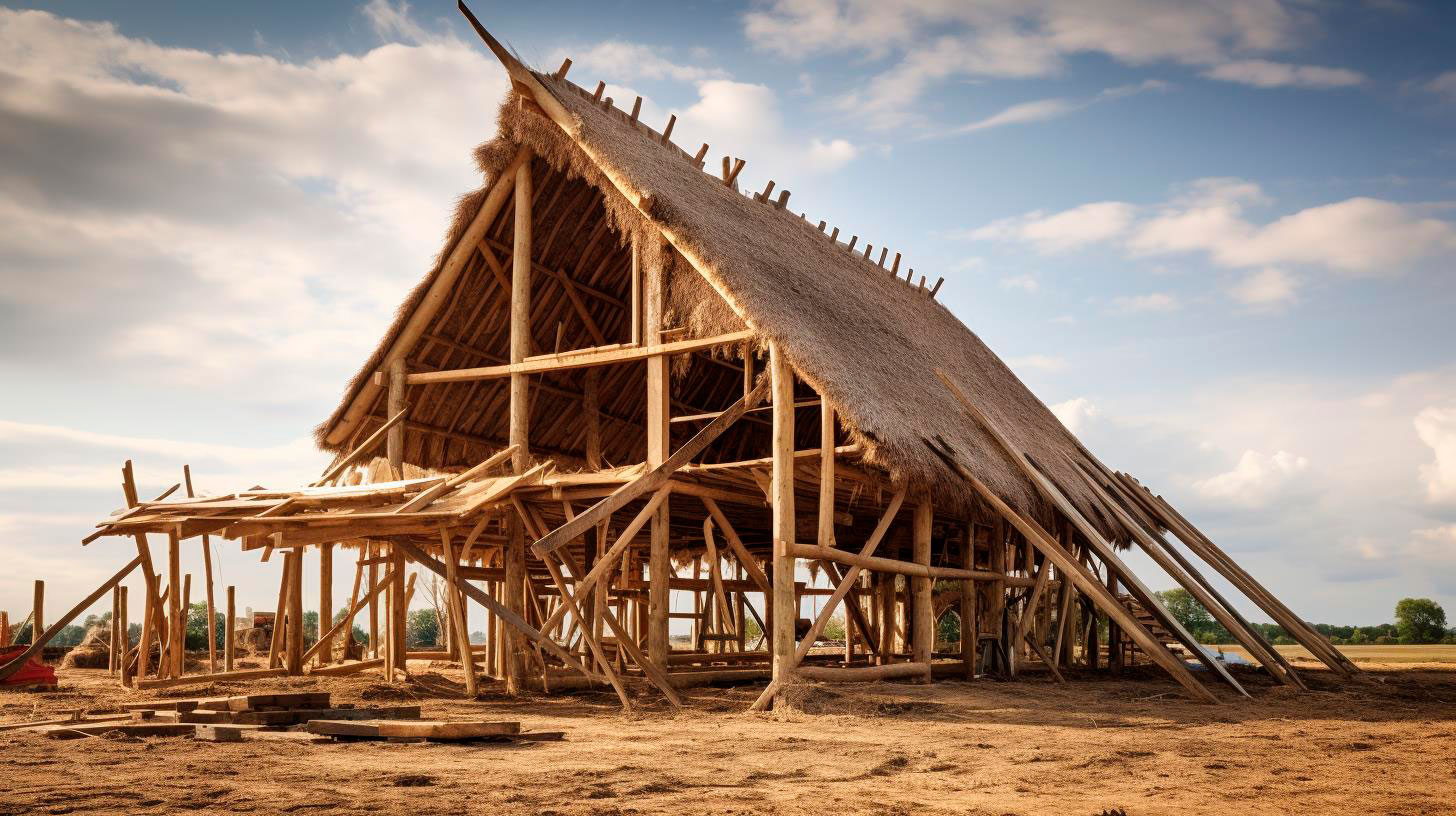


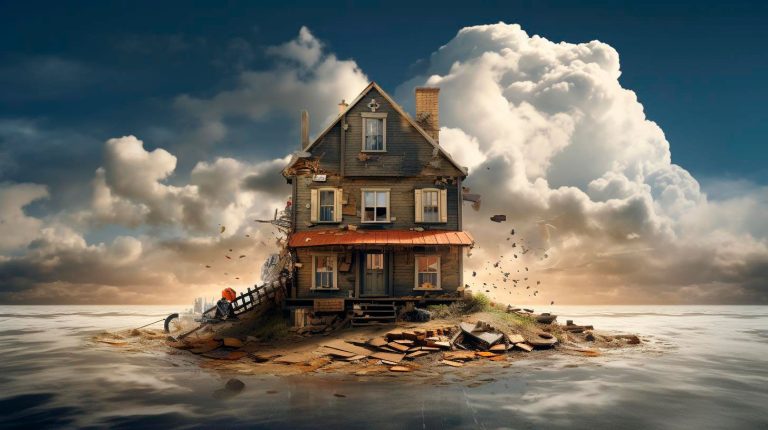
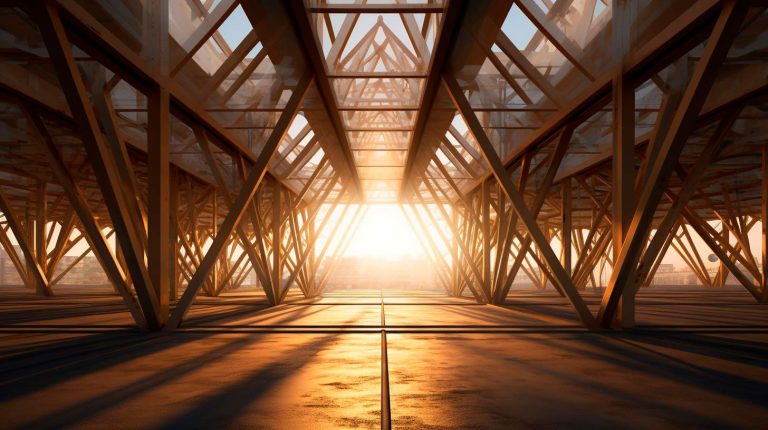
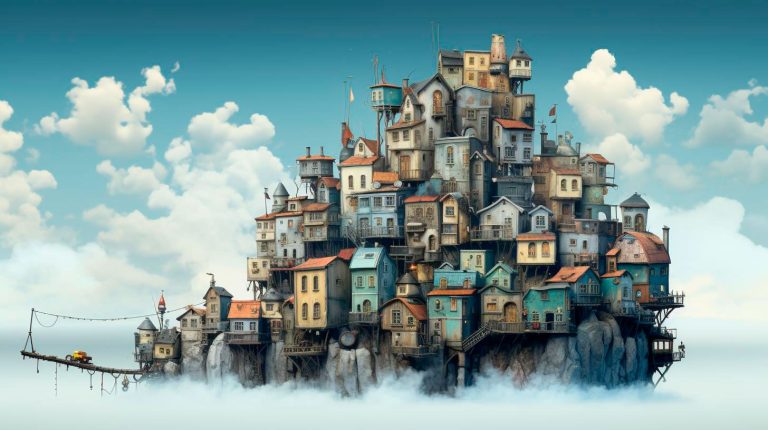
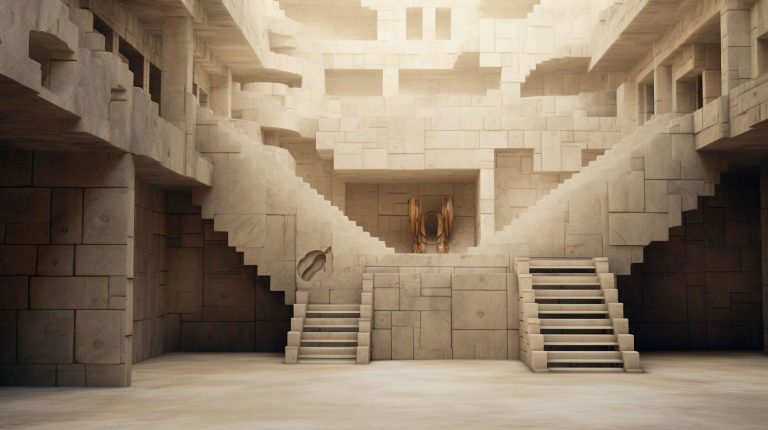
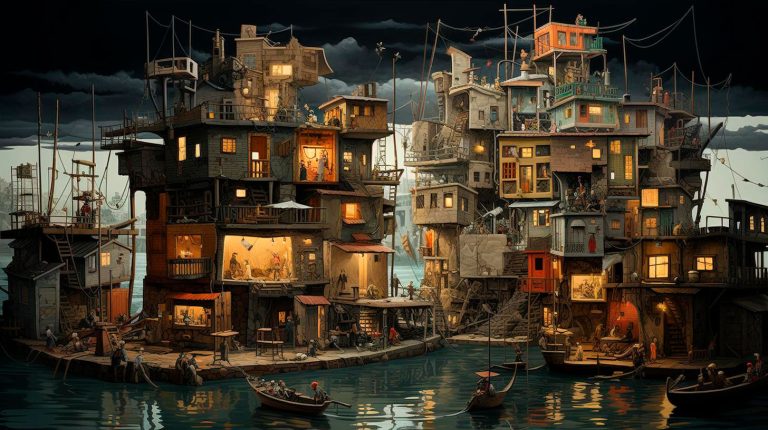

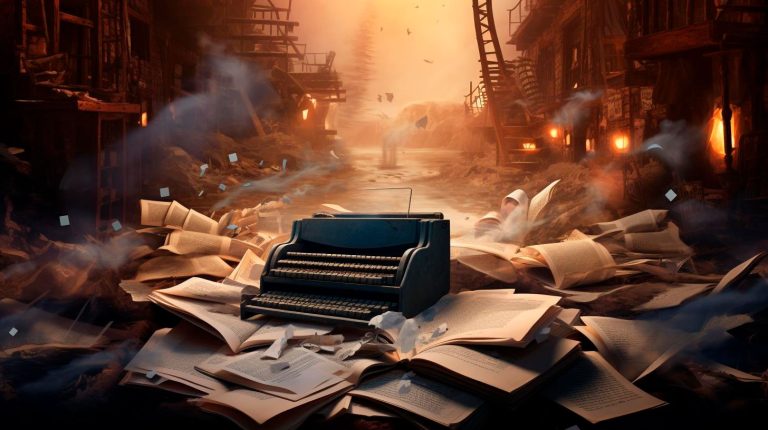

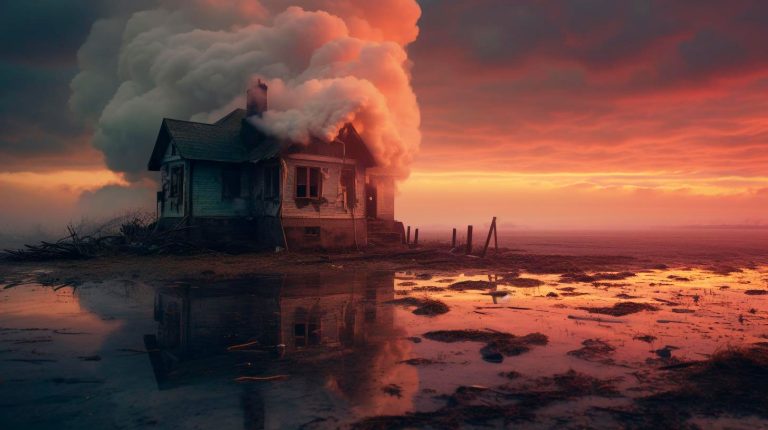



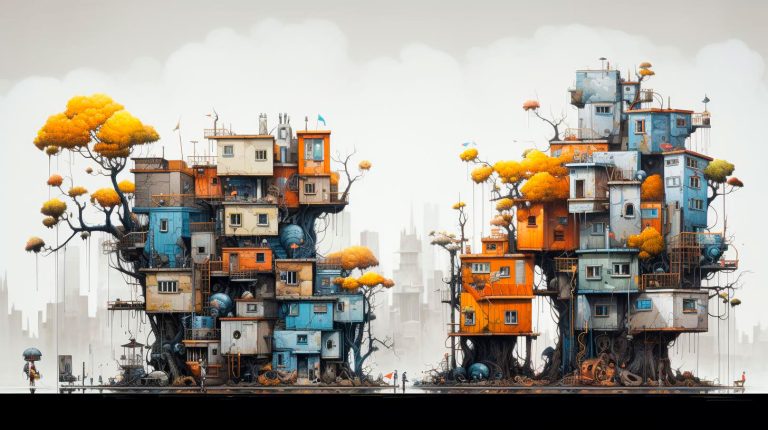








+ There are no comments
Add yours